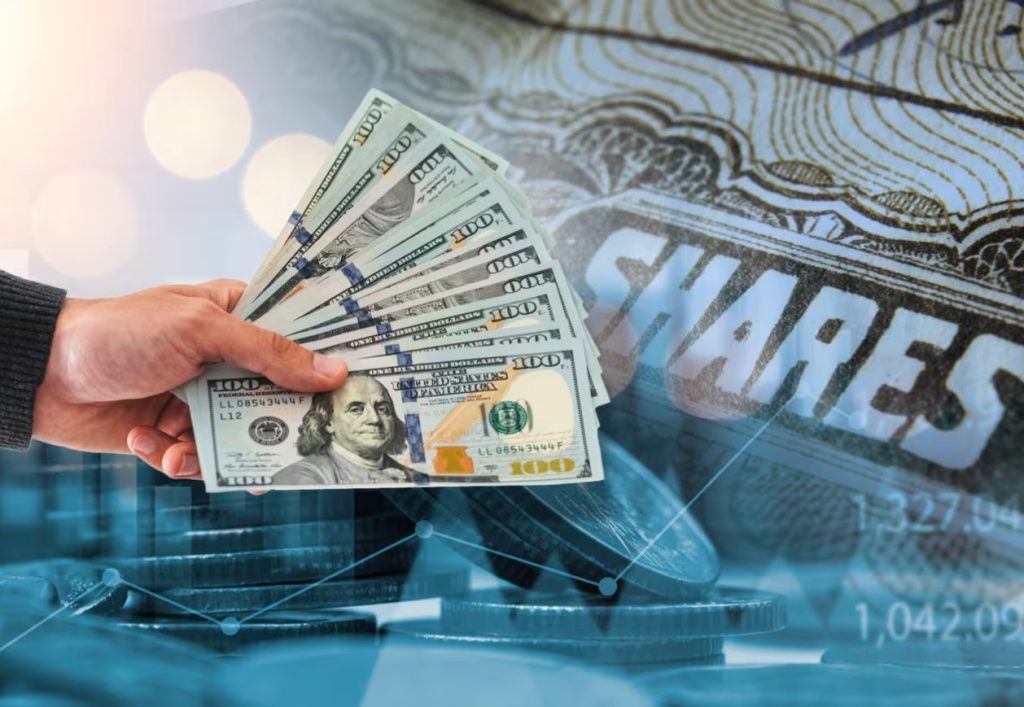
Stock buybacks, also known as share repurchase programs, are a common corporate practice where a company buys back its own shares from the open market. This financial maneuver can have a significant impact on the company’s value, and understanding the implications of stock buybacks is crucial for investors. Let’s explore how to analyze stock buybacks and what they mean for company value.
What is a Stock Buyback?
A stock buyback is a corporate action where a company purchases its own shares, reducing the total number of outstanding shares in the market. This can be done through open market purchases, tender offers, or private transactions. Buybacks are often seen as a way for companies to return excess capital to shareholders.
Reasons for Stock Buybacks
Capital Allocation: Companies with excess cash may buy back shares as a way to utilize surplus funds efficiently.
Earnings Per Share (EPS) Enhancement: Reducing the number of outstanding shares can increase EPS, making the company’s financial performance appear more attractive.
Signaling Confidence: Management may use buybacks to signal confidence in the company’s future prospects and undervaluation of its shares.
Tax Efficiency: Buybacks can be more tax-efficient than dividends for returning capital to shareholders.
Analyzing the Impact of Stock Buybacks
When evaluating a company’s stock buyback program, investors should consider the following factors:
Buyback Source of Funds: Assess whether the buyback is funded from excess cash or by taking on debt. Buybacks financed by debt can increase the company’s leverage and financial risk.
Valuation Context: Determine if the company’s shares are undervalued or overvalued at the time of the buyback. Buybacks at undervalued prices can be beneficial, while buybacks at overvalued prices can destroy shareholder value.
EPS Growth Analysis: Evaluate whether the EPS growth resulting from the buyback is sustainable or merely a short-term boost. Look for improvements in underlying business performance.
Opportunity Cost: Consider what alternative investments the company could have made with the buyback funds, such as reinvesting in the business, paying down debt, or distributing dividends.
Impact on Shareholders: Analyze how the buyback affects different classes of shareholders, including long-term vs. short-term investors, and whether it aligns with shareholder interests.
Potential Risks and Drawbacks
While stock buybacks can be beneficial, there are potential risks and drawbacks to consider:
Financial Risk: Leveraged buybacks can increase the company’s debt load and financial instability.
Misallocation of Capital: Buybacks may indicate that management lacks better investment opportunities or is prioritizing short-term gains over long-term growth.
Market Perception: Frequent buybacks may create a perception that the company is trying to prop up its stock price artificially.
Understanding the implications of stock buybacks is essential for making informed investment decisions. By carefully analyzing the reasons behind buybacks, the source of funds, valuation context, and potential impact on company value and shareholders, investors can better assess whether a buyback program is beneficial. Ultimately, a well-executed buyback can enhance shareholder value, while a poorly timed or funded buyback can have negative consequences.
